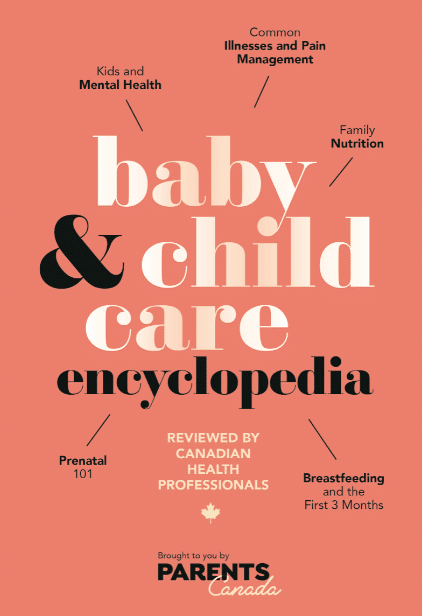Toddler
4 min Read
Milestones (1 to 3 Years): What to Watch For

October 26, 2020
Toddler
4 min Read

October 26, 2020

 From the pages of the Baby & Child Care Encyclopedia: Chapter 9, Milestones, Checklists and Charts
From the pages of the Baby & Child Care Encyclopedia: Chapter 9, Milestones, Checklists and Chartstoddlers are a ton of fun (a ton of work, sure, but also a ton of fun!). Your child’s growth will start to slow down a little after the first year, but they will still change and grow and learn exponentially between the ages of one and three. Here are the benchmarks to watch for, as your kiddo changes more and more every day. There’s a reason they say the days are long but the years are short, so soak it all up!
Your baby’s growth rate—both height and weight—will begin to slow after the first year. Their head will reach about 90 percent of its adult size. Their arms and legs get longer and more muscular. Their feet start to point more forward and their sweet face loses some of the baby fat.
Walking
Walking becomes steadier and faster with their feet closer together.
Climbing
A toddler will start to climb stairs on all fours by around 13 months.
Other Movements
Around 24 months, toddlers can jump with their feet off the floor and can kick a ball.
A toddler tends to repeat words that others say, but it may take some time for them to connect the word to the meaning. Be aware that children understand more than they can say. Early in the second year, a child will understand a number of words.
In some ways, toddlers are like adolescents—going through the intense emotions of learning to be and act on their own, asserting themselves and using their own judgment in new situations. When your child ventures away from you, like walking to the other end of the room, it is an experience similar to a long trip for a grown-up.
For more on toddler development, see Chapter 3.
Nipissing District Developmental Screen The NDDS is often touted as the Canadian standard for milestone assurances. The NDDS is a series of checklists designed to give parents a sense of whether their child is hitting age-appropriate developmental milestones, and, should there be a concern, directing parents when to have their child seen by a paediatrician or GP. Parents can register for monthly prompts up to 30 months, and then yearly prompts up to age six, at lookseechecklist.com.
As you watch your child grow and learn, saving with a CST RESP will help you support their dreams. Visit www.cst.org to learn more.
The Milestones, Charts and Checklists chapter of the Baby & Child Care Encyclopedia has been made possible by CST Consultants Inc.
